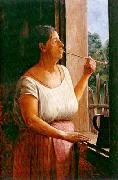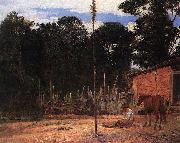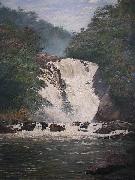|
||||||||||
|
|
||||||||||
|
Painting ID de tableau:: 68632 Voir la galerie dans Suède |
Painting Technique Oil on canvas Dimensions 250 ?? 125 cm Technique_Oil_on_canvas _ Dimensions_250_??_125_cm |
|||||||||
|
|
||||||||||
|
Nha Chica ID de tableau:: 68634 Voir la galerie dans Suède |
Nha Chica Technique Oil on canvas Dimensions 109 ?? 72 cm Technique_Oil_on_canvas _ Dimensions_109_??_72_cm |
|||||||||
|
|
||||||||||
|
Saudade ID de tableau:: 68646 Voir la galerie dans Suède |
Saudade Technique Oil on canvas Dimensions 197 X 101 cm Technique_Oil_on_canvas _ Dimensions_197_X_101_cm |
|||||||||
|
|
||||||||||
|
Tightening the Harness ID de tableau:: 68829 Voir la galerie dans Suède |
Tightening the Harness 1895 oil on canvas 64 X 88 cm (25.20 X 34.64 inches) 1895 oil_on_canvas _64_X_88_cm_(25.20_X_34.64_inches) |
|||||||||
|
|
||||||||||
|
Votorantim Falls ID de tableau:: 69005 Voir la galerie dans Suède |
Votorantim Falls Medium oil on canvas Dimensions 116 x 87 cm Medium_oil_on_canvas _ Dimensions_116_x_87_cm |
|||||||||
|
|
||||||||||
| Artiste précédent Artiste prochain | ||||||||||
|
|
||||||||||
| Almeida Junior | ||||||||||
| (8 May 1850 ?C 13 November 1899) was a Brazilian painter of the 19th century. He is widely regarded as the most important Brazilian realist painter of the 19th century, and a major inspiration for the modernist painters. While most Brazilian academic artists made their fame painting mythological or historical subjects, Almeida Junior would become popular for painting rural figures, especially farmers and the caipira, the countrymen that are a kind of a symbol of the rural areas of the São Paulo state. While most realist painters used farmers and countrymen as an allegory of workers, Almeida Junior would paint his caipiras mostly on leisure time. He would also produce touching images of upscale landowners. The Bandeirantes, the ruthless explorers of colonial Brazil, would be depicted in the A partida da monção, showing an expedition on the Tiet?? River. Almeida Junior was born in the city of Itu, then a small town in the state of São Paulo. After becoming a sensation in his town he would be invited to study in the Brazilian Imperial Fine Arts Academy of Rio de Janeiro, but in 1876 would study in France after being granted a scholarship by emperor Pedro II of Brazil in person in the city of Moji-Mirim. He would have Alexandre Cabanel as one of his masters. He admired the French realist and naturalist painting (a major influence at his work), and, after returning to Brazil in 1882, became of the leading names in Brazilian realist painting. He was stabbed to death by the husband of his mistress on November 13, 1899 in Piracicaba. | ||||||||||
|
|
||||||||||
IntoFineArt Co,.Ltd.














